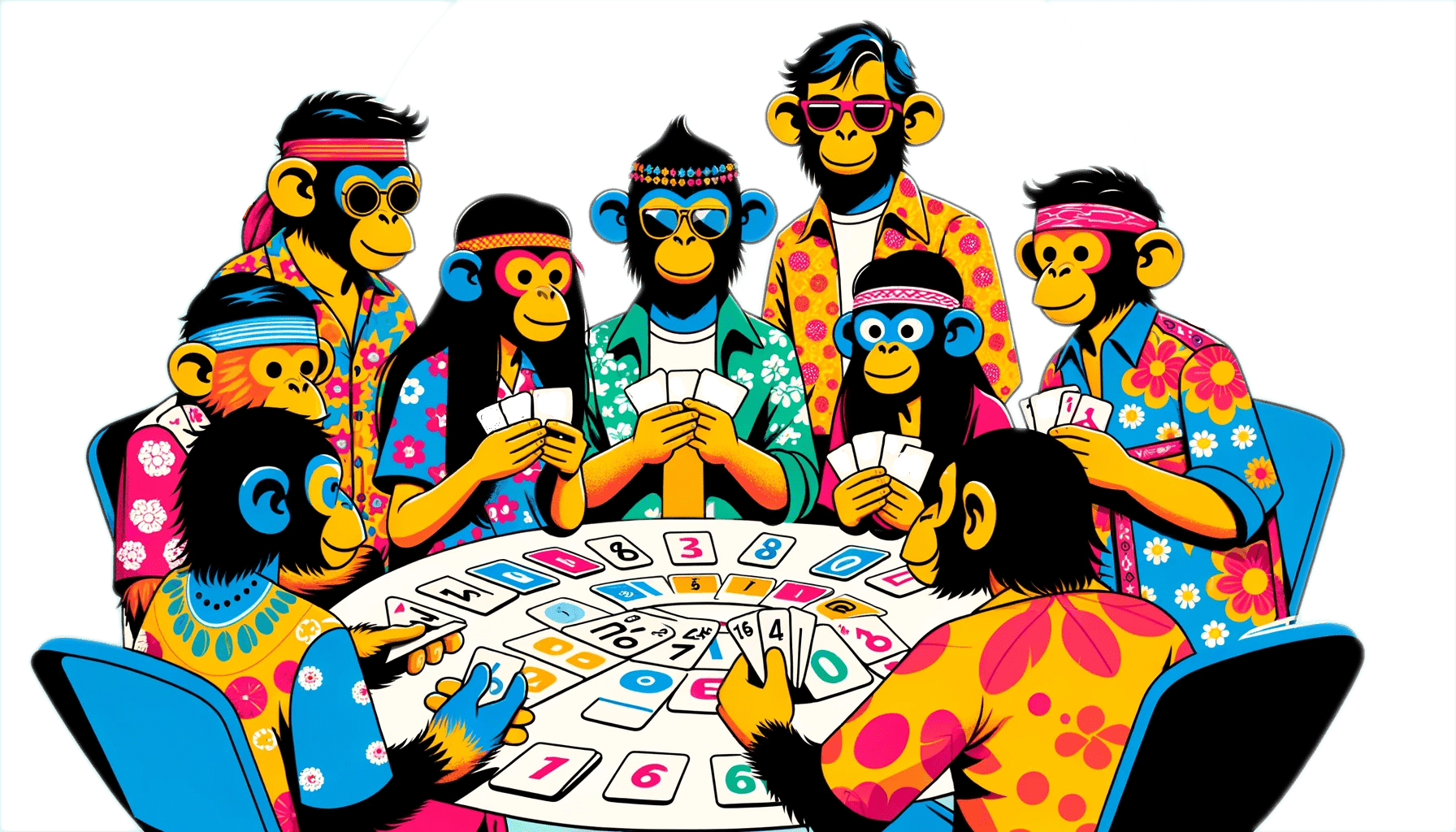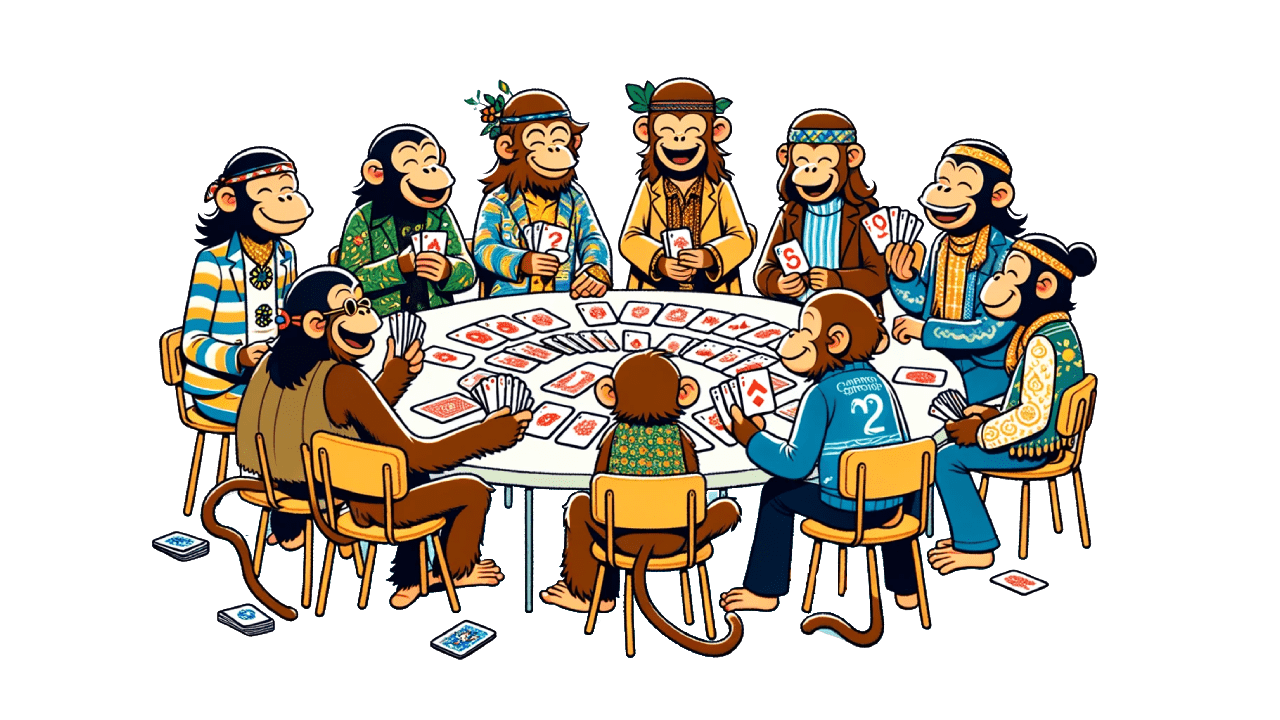Introduction: Demystifying Planning Poker
Planning Poker is an agile estimation technique used by scrum teams to estimate the effort required for user stories and tasks. It's a collaborative approach that encourages participation from all team members, including developers, scrum masters, product owners, and project managers.
In this guide, we'll explore how planning poker works and why it's an effective tool for agile teams.

What Is Planning Poker?
Scrum Poker, or Planning Poker, is a technique that involves everyone in the estimation process using a card game. It ensures that all team members are actively participating. By using cards, team members can vote privately on the estimated effort for each task. This action prevents bias and ensures that we consider all opinions.
Team members, from developers to Product Owners, share their opinions using this method. This leads to a clearer understanding of the work required for each task or story.
How Does Planning Poker Work?
Imagine a deck of cards, a team ready to estimate, and features to complete. Each card gives an idea of how hard or time-consuming a task might be, using numbers from the Fibonacci sequence.
Team members select a card representing their estimate of the task's complexity. On the count of three, everyone reveals their card, and the ensuing discussion helps refine the estimates.
Step-by-Step Planning Poker
- Gather Your Team: Assemble all team members involved in the sprint for the session.
- Distribute the Cards: Provide a deck of cards to each participant.
- Present the Task: The Product Owner or Scrum Master introduces a user story or task in detail.
- Estimate on Your Own: Each team member picks a card that matches their estimate of the work needed.
- Reveal and Discuss: Everyone reveals their cards simultaneously and discusses the different estimates.
- Reach Consensus: Continue the discussion until the team agrees on an estimate.

Why Use Planning Poker?
This technique combines playful interaction with the serious goal of project planning. It's not just about numbers; it's about sparking conversations that enhance understanding and teamwork. This method ensures that no single individual can dominate the estimates, valuing everyone's input equally.
It can transform a typically dry estimation meeting into an engaging session. It fosters rich dialogue that helps teams align on task complexity, highlights potential issues, and considers everyone's viewpoint. The benefits include improved accuracy in sprint estimation methods and better collaboration in agile software development.
The Benefits of Planning Poker
Encourages Participation
By using cards, Planning Poker encourages all team members to participate in the estimation process. This collaborative task estimation technique ensures that everyone hears each other and fosters an inclusive environment.
Prevents Bias
Private voting helps prevent any single person from influencing the team's estimates. This method of agile estimation ensures that everyone makes estimates based on their own judgment without external pressure.
Facilitates Discussion
The reveal and discuss phase is crucial for identifying differences in estimates. This discussion helps uncover any confusion about the task requirements and complexity, leading to more accurate sprint planning.
Builds Consensus
Through discussion and negotiation, the team reaches a consensus on the effort required for each task. This process aligns team members' understanding and expectations, improving overall project planning.
Promotes Team Learning
When team members explain their estimates, everyone understands the task and the project better. This shared knowledge is invaluable for future estimations and project planning.
Maximizing Planning Poker
To get the most out of this technique, create an environment where all team members feel comfortable sharing their thoughts. Encourage open discussion of estimates. The goal is not to agree on every point but to carefully consider each estimate. Over time, as the team gains experience, sessions will become faster and estimates more accurate.
Tips for Effective Planning Poker Sessions
- Set Clear Goals: Ensure that the purpose of the session is understood by all participants. This keeps the team focused on achieving accurate estimates.
- Prepare the Stories: Have well-defined user stories or tasks ready for estimation. Clear descriptions help team members make more accurate estimates.
- Encourage Open Communication: Foster an environment where team members feel comfortable sharing their thoughts and asking questions. Open dialogue leads to better understanding and more accurate estimates.
- Stay on Track: Keep the session focused on estimation. Avoid going off-topic to ensure that the session remains productive.
- Review Past Estimates: Look at previous estimates and compare them to actual outcomes. This retrospective helps the team improve their estimation accuracy over time.
Conclusion: Kickstart Your Agile Journey
With this guide, you're ready to transform your sprint estimations using Planning Poker. Remember, the focus is not solely on numbers; it's also on making the estimation process engaging and collaborative. Start using this agile project management tool today.
Start now! Use our free online tool in your next agile session and see your team's engagement soar.
To dive deeper into Agile and Scrum methodologies, visit the Scrum Alliance Articles for a wealth of information and resources.
